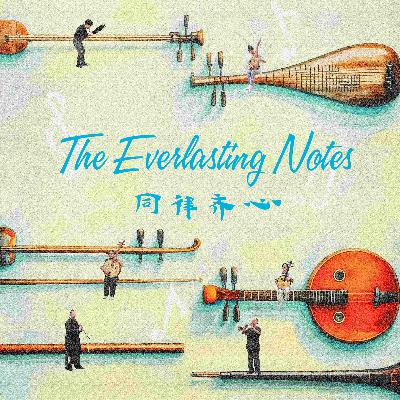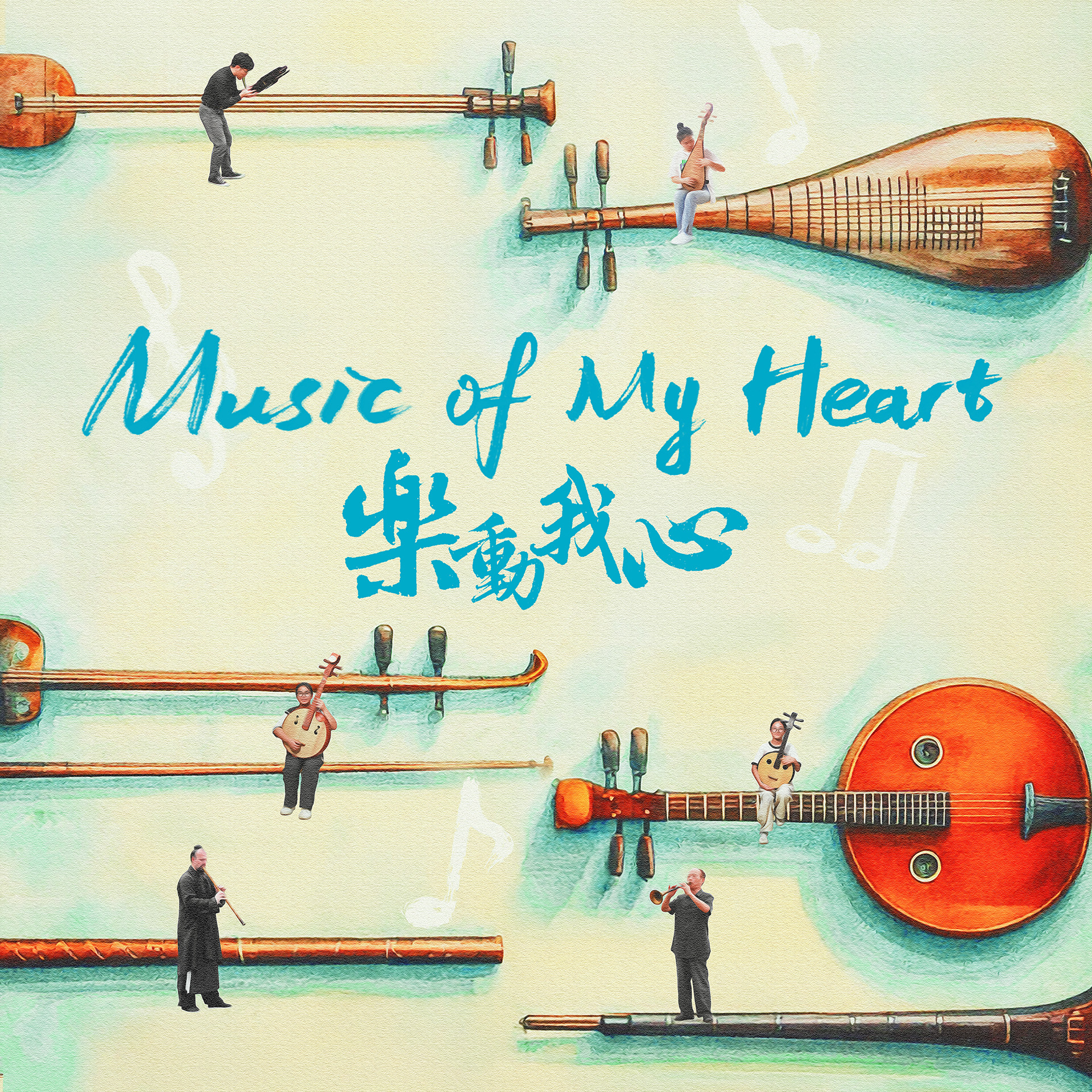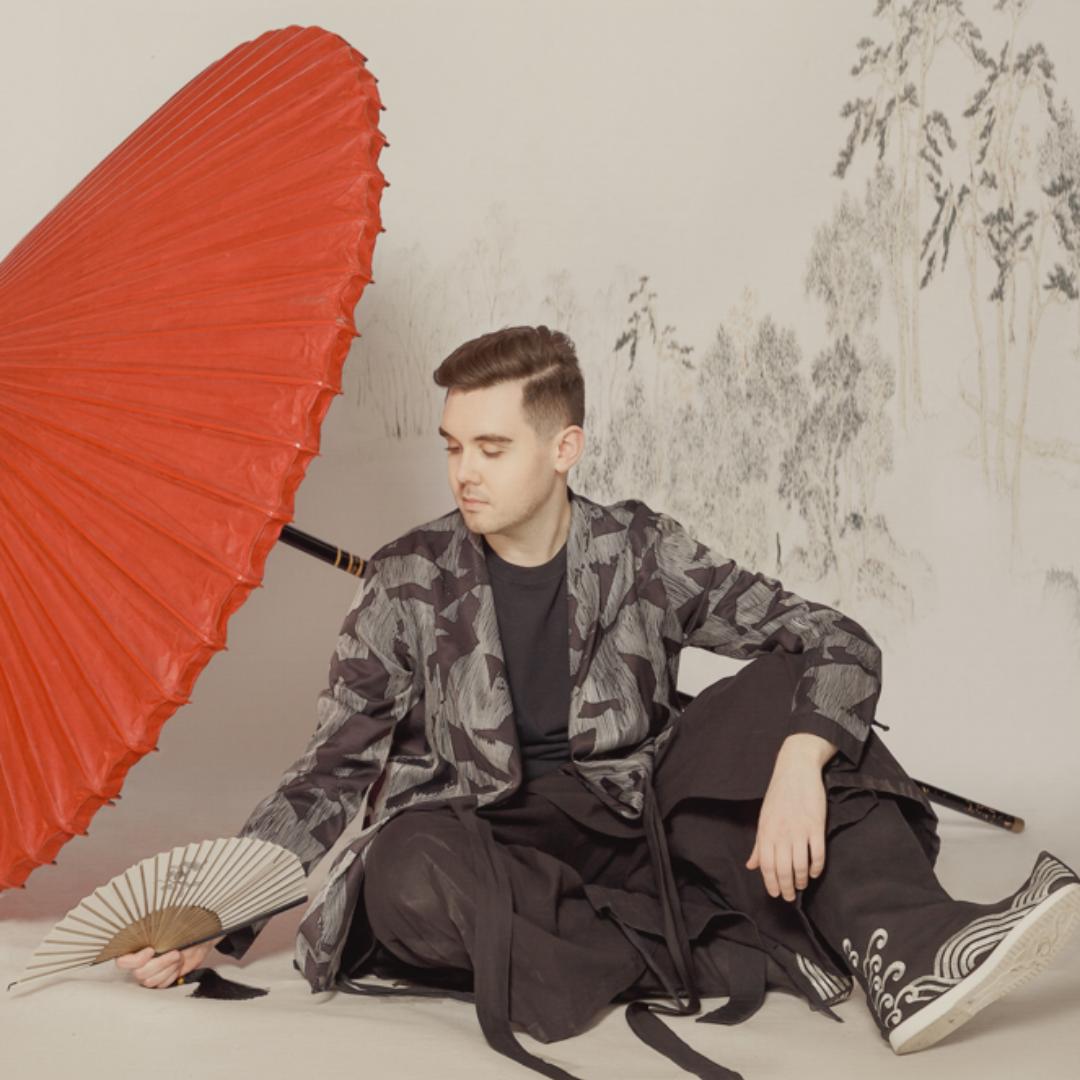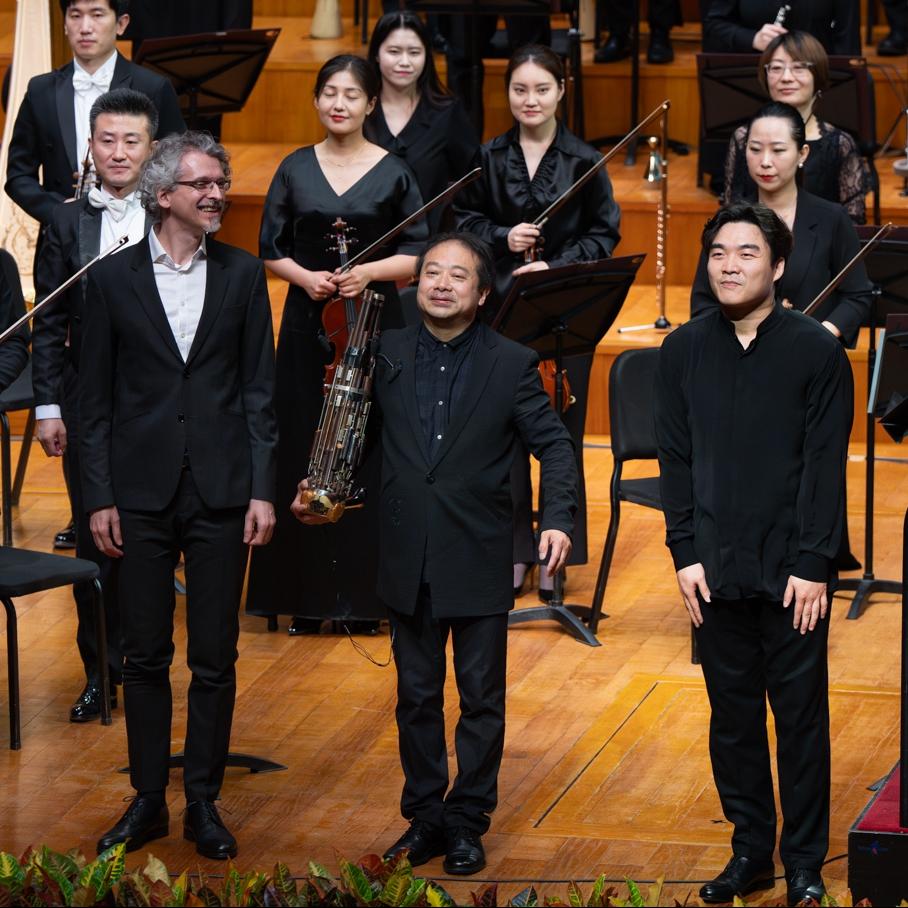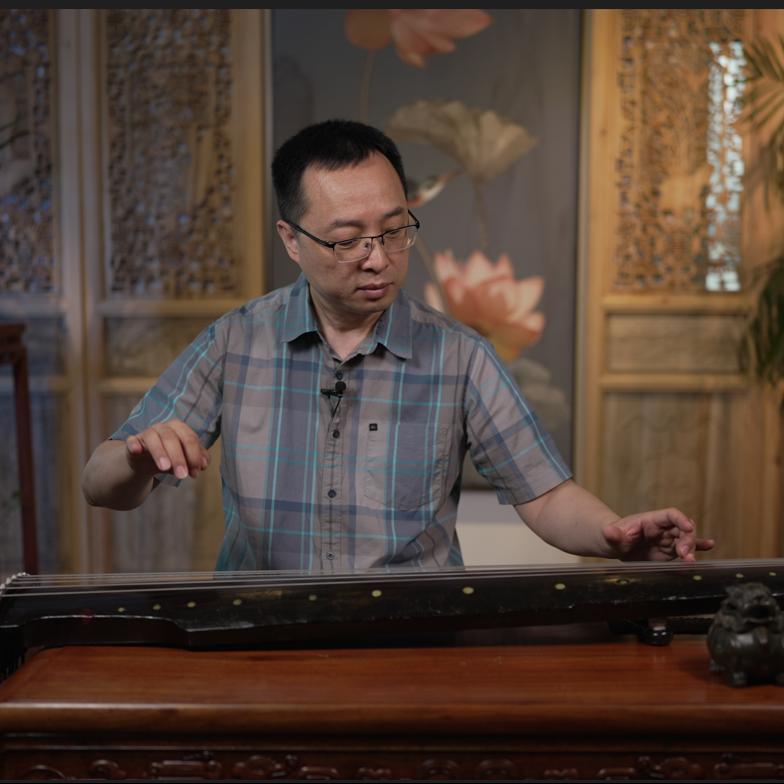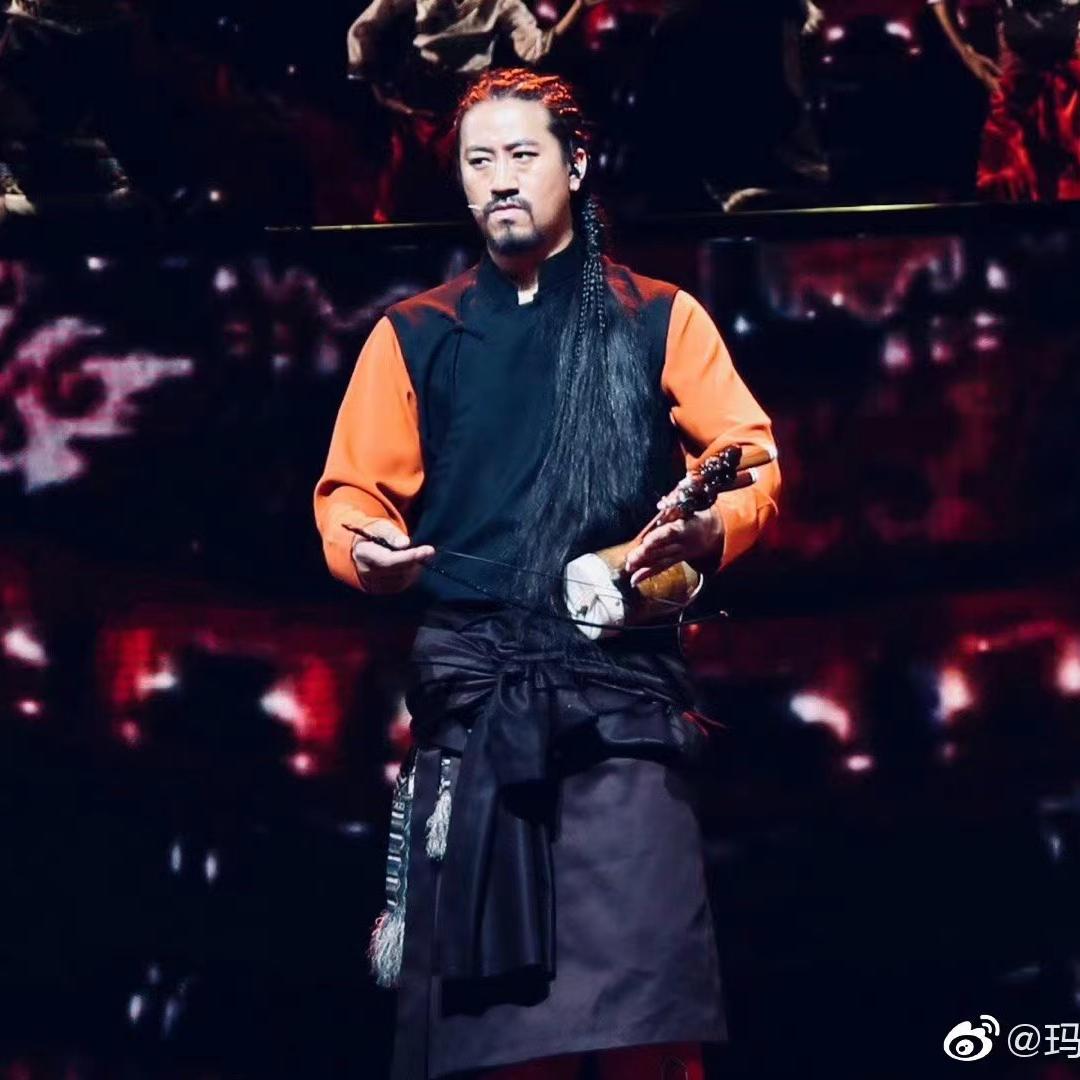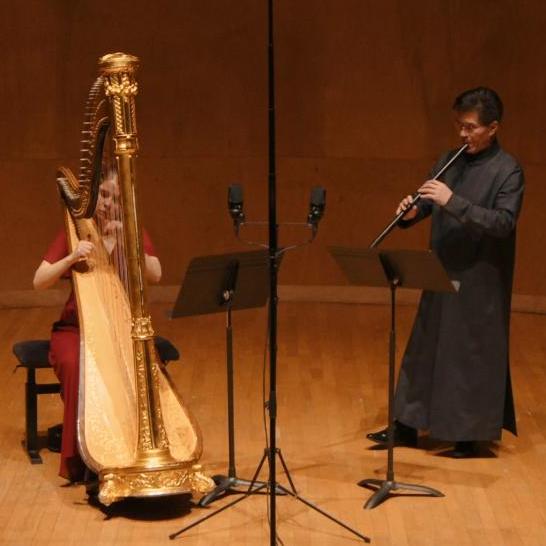Discover Music Talks
Music Talks

Music Talks
Author: China Plus
Subscribed: 3,254Played: 38,153Subscribe
Share
© Copyright @ China Plus
Description
Feast your ears on the musical classics of the east with MUSIC TALKS, the Middle Kingdom’s mashup of classical music and in-depth discussions with some of China’s most celebrated orchestral professionals. Experience the instruments, get some perspective, feel the pulse of antiquity.
268 Episodes
Reverse
This episode follows Mustafa Alim, a musician from Xinjiang Uygur Autonomous Region in northwest China, who fell in love with the accordion. Actively promoting accordion culture, he has engaged in cross-cultural exchanges through domestic and international accordion festivals and concert tours, showcasing the instrument’s role as a cultural symbol of Xinjiang.
Over the past decade, Liu Yuening, a Chinese dulcimer professor with the Central Conservatory of Music in Beijing, has committed herself to using music as a bridge to enhance intercultural communication between China and India.
She believes cultural exchanges between the two giants play a significant role in helping people understand each other's cultures more deeply.
This episode was produced on June 24, 2022.
The Chinese Orchestra of Renmin University of China brings together students from diverse majors like finance, mathematics, information management and more. Bound by a shared love for music, they cherish and create music with passion, drawing solace and strength from every note they play.
American-born Jake Pinnick has great passion for Wudang martial arts and the wisdom of Daoism. He has also been exploring the art of traditional Chinese flute called dongxiao, among other instruments, as a means of self-cultivation.
Li Shuyou, an 80-year-old music teacher, has turned his home into a music school. Here, children and teenagers have gathered for years to take lessons and learn about the art of traditional Chinese music, free of charge.
Meet different people across China, who live and breathe traditional Chinese music, and find out how music inspires, heals, and connects generations in ways beyond words.
Huang Ye is an innovative Jazz musician and music director at the Lincoln Center Shanghai. It won't be surprising to hear segments in his music reflecting the clamor of horns beeping during rush hour or a tiger's mighty roar. The 26-year-old artist once composed 24 works within one single month, but it took him more than a decade to find all the motifs he needed to create them. Let's find out how Huang has been devoting himself to transcending cultural barriers and incorporating diverse cultures into his music.
Shaun Gibson is a British singer and songwriter who weaves his narratives into music. His music is so catchy that it often goes around in listeners' heads once they hear it. He represents the distinctiveness of the instruments from the East to make them accessible and appealing. In this episode, we're thrilled to get up-close with Shaun Gibson who has been immersing himself in the rich tapestry of Chinese music and culture to discover inspiration in every corner of the country.
Christophe Hisquin is a French singer and songwriter who has been devoting himself to making both Chinese and French songs. Better known as Dantes in music industry, the artist creates music that transcends cultural barriers. In this episode, we'll delve into his musical journey and explore how his career has been shaped within the Chinese music industry.
In this episode, we will explore "Phenomena," a Sheng concerto commissioned by China’s NCPA Orchestra. The program features European composer Bernd Richard Deutsch, Sheng virtuoso Wu Wei, and NCPA Orchestra’s Head of Artistic Planning, Tang Ning. They discuss the ancient Chinese mouth organ, the Sheng, and its unique integration into Western classical music.
Ancient instruments are symbolic cultural relics, and people can get a glimpse of the culture and traditions behind their unique sounds. In this episode, Zhang Xuguang, a zither and bowed instrument performer with the China Broadcasting Performing Arts Troupe, join us to explore the captivating story behind the revival of the soulful sound of a seven-stringed zither whose melody has resonated across a millennium.
Embark on a captivating journey with Gesang Norbu, who has been pursuing his passion for the Tibetan fiddle despite tough challenges and discouraging voices from his family. When he finally brought his instrument into the limelight, he returned to his hometown with a resolute commitment to spread his love of the fiddle among the younger generations.
A recent concert titled "The Song of Xianghe", meaning a harmonic blend, is considered a fusion of Eastern and Western culture. In this episode, we will delve into the collaboration, and find out why Chinese flutist Zhang Weiliang believes his instrument is able to represent the Chinese spirit and people, and discover how Chinese music speaks to French harpist Celine Goudour.
In April of 2024, the National Centre for the Performing Arts (NCPA) in Beijing, China, presented German composer Richard Wagner’s enduring and epic opera "The Flying Dutchman". The production received enormous acclaim from Chinese audiences for its spectacular stage design and masterful performances.
In this special episode of Music Talks, we will talk with conductor of the performance Marcus Bosch, bass-baritone Ólafur Sigurdarson, and Ms. Wei Lanfen, Director of the Production Department of the NCPA. Let’s dive into the world of Wagner's timeless masterpiece "The Flying Dutchman".
Jiangnan Silk and Bamboo music is a cherished folk instrumental tradition in southern China. From its ancient origins to its modern-day significance, this episode highlights the evolution of this musical heritage, and its role in contemporary society. There are insights from experts and performers, as well as captivating musical performances, shedding light on the cultural heritage, social functions, and improvisational essence that continue to define Jiangnan Silk and Bamboo music.
The traditional Chinese festival Qingming Festival is commemorated to honor and pay respects to ancestors. Flowers such as plum blossoms, peach blossoms, and peonies, which bloom during the Qingming Festival, carry profound cultural connotations. They serve as emotional symbols to express respect and nostalgia for deceased loved ones, while also symbolizing the vitality and hope of life.
The Sanxian is a traditional Chinese string instrument with a history spanning over 2,000 years. It belongs to the plucked lute family and is widely played in various genres of Chinese music, including traditional folk music, opera, and contemporary compositions. It holds a revered place in Chinese musical culture, embodying centuries of tradition.
The Jizhong Sheng-guan Music, a traditional genre prevalent in the Jizhong Plain region of China has been playing an important role in the people's lives for centuries. Its instrumentation, performance styles, and historical background established its distinctive status in folk activities and ceremonies.
The sound of Di, echoing through imperial courts and bustling marketplaces alike, has weaved melodies that transcended time and still resonate with collective memories of generations. The mellifluous tones of the Xiao, melting into the serene landscapes and through ancient pavilions, evoke a beauty that mirrors the soulful tranquility of traditional Chinese ink paintings.
The Erhu, with only two strings, has the power to express a thousand emotions and a myriad of styles. From its origins as an accompaniment, the Erhu has evolved into a solo instrument, transitioning from folk traditions to the grand stages of classical music. Its versatile repertoire showcases remarkable singing qualities and narrative depth, playing a crucial role in preserving and transmitting the rich cultural heritage of Chinese music.






